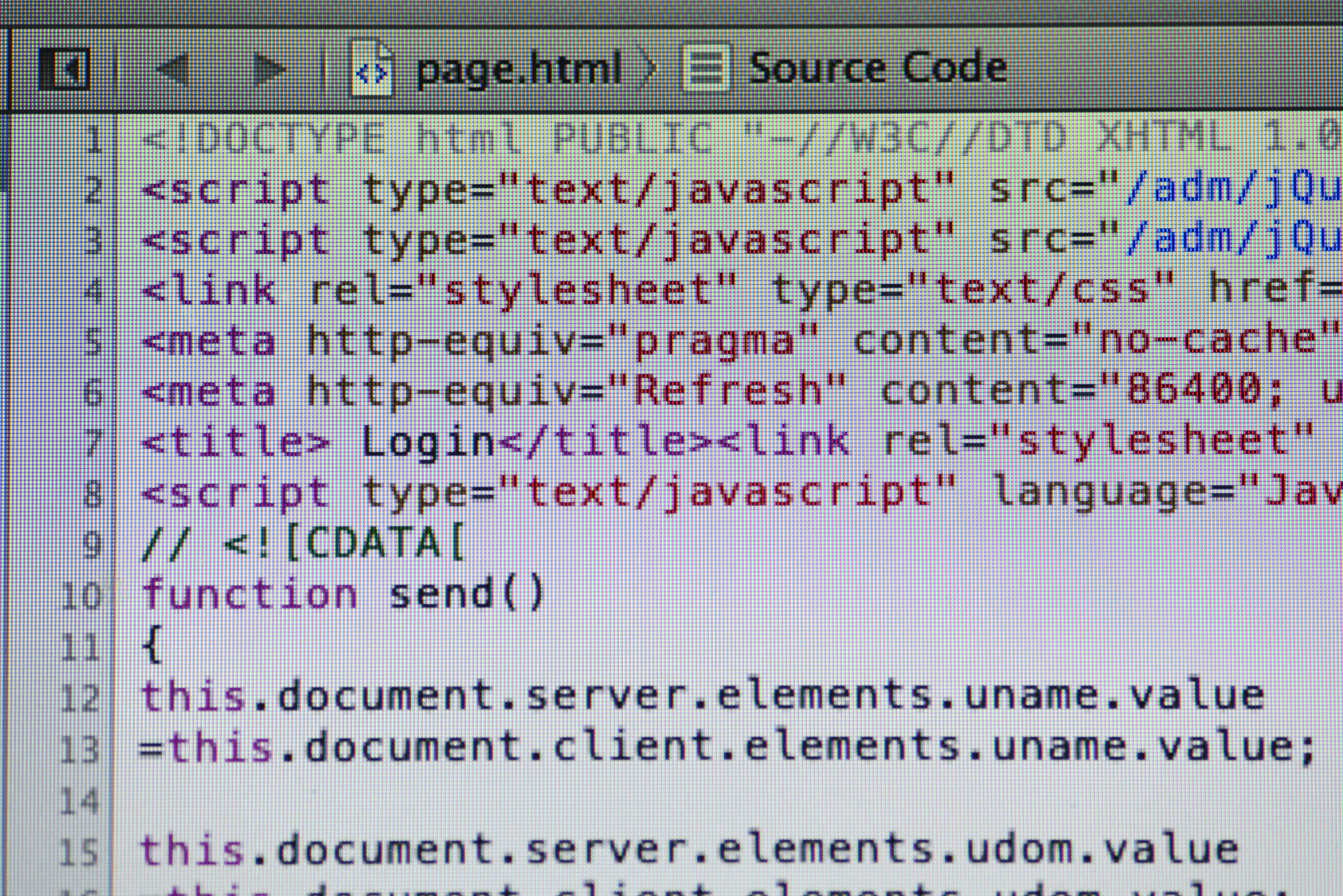Java POI Excel日期数据处理:插入中间日期
package Data_Recovery;
import java.io.FileInputStream;
import java.io.FileOutputStream;
import java.text.SimpleDateFormat;
import java.util.ArrayList;
import java.util.Date;
import java.util.List;
import org.apache.poi.ss.usermodel.*;
import org.apache.poi.xssf.usermodel.XSSFWorkbook;
public class EM03 {
public static void main(String[] args) {
try {
// 读取input-2.xlsx文件
FileInputStream file = new FileInputStream('input-2.xlsx');
Workbook workbook = new XSSFWorkbook(file);
Sheet sheet = workbook.getSheet('P1');
// 检查是否存在P2工作表,如果存在则删除
if (workbook.getSheet('P2') != null) {
workbook.removeSheetAt(workbook.getSheetIndex('P2'));
}
// 创建新的P2工作表
Sheet newSheet = workbook.createSheet('P2');
// 复制P1工作表的单元格格式到P2工作表
copyCellStyle(workbook, sheet, newSheet);
// 获取P1工作表第一列的时间日期数据
List<Date> dates = getColumnValues(sheet, 0);
// 进行日期插入操作
List<Date> newDates = insertDates(dates);
// 将插入后的日期写入P2工作表
writeColumnValues(newSheet, 0, newDates);
// 保存结果到input-2.xlsx文件
FileOutputStream outFile = new FileOutputStream('input-2.xlsx');
workbook.write(outFile);
outFile.close();
System.out.println('操作完成');
} catch (Exception e) {
e.printStackTrace();
}
}
// 复制单元格格式
private static void copyCellStyle(Workbook workbook, Sheet sourceSheet, Sheet targetSheet) {
for (int rowIndex = 0; rowIndex <= sourceSheet.getLastRowNum(); rowIndex++) {
Row sourceRow = sourceSheet.getRow(rowIndex);
Row targetRow = targetSheet.createRow(rowIndex);
for (int columnIndex = 0; columnIndex < sourceRow.getLastCellNum(); columnIndex++) {
Cell sourceCell = sourceRow.getCell(columnIndex);
Cell targetCell = targetRow.createCell(columnIndex);
if (sourceCell != null) {
CellStyle style = sourceCell.getCellStyle();
targetCell.setCellStyle(style);
}
}
}
}
// 获取指定列的日期数据
private static List<Date> getColumnValues(Sheet sheet, int columnIndex) {
List<Date> columnValues = new ArrayList<>();
for (int rowIndex = 0; rowIndex <= sheet.getLastRowNum(); rowIndex++) {
Row row = sheet.getRow(rowIndex);
if (row != null) {
Cell cell = row.getCell(columnIndex);
if (cell != null && cell.getCellType() == CellType.NUMERIC) {
columnValues.add(cell.getDateCellValue());
}
}
}
return columnValues;
}
// 在日期数据中插入中间值,直至相邻日期间隔小于10天
private static List<Date> insertDates(List<Date> dates) {
List<Date> newDates = new ArrayList<>(dates);
int originalSize = newDates.size();
int maxSize = originalSize * 2; // 设置插入的日期数量阈值
int insertCount = 0; // 插入计数器
for (int i = 0; i < newDates.size() - 1; i++) {
Date currentDate = newDates.get(i);
Date nextDate = newDates.get(i + 1);
long interval = (nextDate.getTime() - currentDate.getTime()) / (24 * 60 * 60 * 1000);
if (interval > 10) { // 修改条件为大于10天
while (interval > 10 && newDates.size() < maxSize && insertCount < 100) { // 修改条件为大于10天,并添加日期数量限制条件和插入计数器
Date middleDate = new Date((currentDate.getTime() + nextDate.getTime()) / 2);
if (!newDates.contains(middleDate)) {
newDates.add(i + 1, middleDate);
insertCount++;
}
interval = (nextDate.getTime() - middleDate.getTime()) / (24 * 60 * 60 * 1000);
nextDate = newDates.get(i + 2); // 更新相邻日期
}
}
}
return newDates;
}
// 将日期数据写入指定列
private static void writeColumnValues(Sheet sheet, int columnIndex, List<Date> dates) {
SimpleDateFormat dateFormat = new SimpleDateFormat('yyyy-MM-dd hh:mm');
for (int rowIndex = 0; rowIndex < dates.size(); rowIndex++) {
Row row = sheet.getRow(rowIndex);
if (row == null) {
row = sheet.createRow(rowIndex);
}
Cell cell = row.createCell(columnIndex);
cell.setCellValue(dateFormat.format(dates.get(rowIndex)));
}
}
}
这段代码的功能是读取一个名为 'input-2.xlsx' 的Excel文件,在名为 'P1' 的工作表中读取第一列的日期数据,然后在日期数据中插入中间日期,使得相邻日期之间的间隔不超过10天,并将处理后的数据写入到名为 'P2' 的新工作表中。
程序中首先打开 'input-2.xlsx' 文件,并获取 'P1' 工作表。然后,检查是否存在 'P2' 工作表,如果存在则删除。接着,创建新的 'P2' 工作表,并将 'P1' 工作表的单元格格式复制到 'P2' 工作表。
接下来,程序读取 'P1' 工作表第一列的日期数据,并调用 insertDates 方法在日期数据中插入中间日期。insertDates 方法会遍历日期数据,计算相邻日期之间的间隔,如果间隔大于10天,则在中间插入新的日期,直到间隔小于等于10天为止。
最后,程序将插入中间日期后的日期数据写入到 'P2' 工作表的第一列中,并将结果保存到 'input-2.xlsx' 文件中。
总的来说,这段代码演示了如何使用Java POI库操作Excel文件,以及如何处理日期数据。通过这段代码,你可以学习到如何读取Excel文件、创建新的工作表、复制单元格格式、读取和写入日期数据等操作。

原文地址: https://www.cveoy.top/t/topic/fTCR 著作权归作者所有。请勿转载和采集!